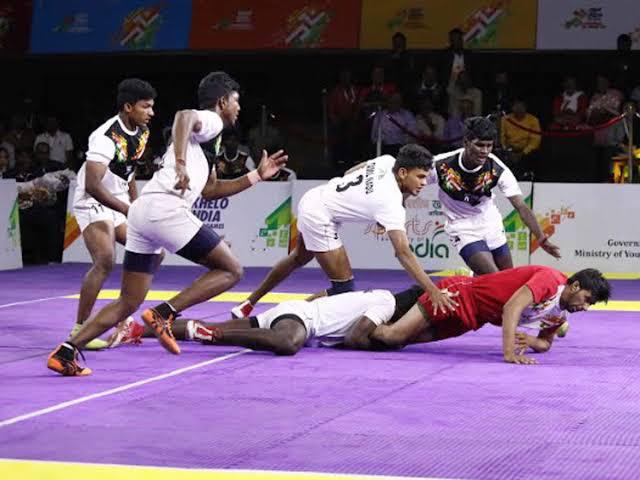
The specific terms of a proposed settlement between the UFC and fighters in the big Le vs. Zuffa antitrust case are out, and while there will be no big changes to the way the UFC does business as a result, a lot of fighters are gonna make a little money. Some are going to make a lot. And then there’s Conor McGregor, who stands to make millions.
Details of the settlement were broken down in a special two-part podcast by reporter John Nash, who has been covering the monopsony case for years. While the agreement still needs to be accepted by a judge, all signs point towards fighters receiving a $335 million settlement from UFC. The lawyers who worked on behalf of fighters in this case since 2014 are asking for $120 million, which leaves $215 million to be distributed amongst qualifying fighters.
How much a fighter will make depends on when he fought for the promotion. 75% of that $215 million goes to fighters who competed between 2010 to 2017 — the time period covered in the original Le vs. Zuffa case. The other 25% covers fighters after 2017 that didn’t sign a UFC contract that waives their ability to participate in class action lawsuits.
the trial revealed that. So that $27 million would be about 4.85% of the total earnings paid out [by UFC] in compensation during the lead class period. So that means he’d get 4.85% of $129 million.”
“So about $6 million would be going to him.”
That’s all well and good for McGregor, who is quickly approaching billionaire status with his whiskey brand. But what about your favorite fighters from 2010 to 2017 who actually need the money?
“An easy way [to calculate] is to combine all your income you made during the Le period as a fighter, and take 23 percent of that,” Nash said. “That should be how much your compensation will be.”
So if a fighter made $1 million in the UFC during that period, they’re looking at roughly $230,000 in settlement money from the UFC. That’s a decent chunk of change, and it only took the fighters ten years and over a hundred million in legal fees to get!


![Virat Kohli will be my favourite wicket to get in the IPL: LSG's latest recruit Naman Tiwari [Exclusive]](https://babu88sports.com/wp-content/uploads/2025/12/virat-kohli-will-be-my-favourite-wicket-to-get-in-the-ipl-lsgs-latest-recruit-naman-tiwari-exclusive-360x180.png)





























![Virat Kohli will be my favourite wicket to get in the IPL: LSG's latest recruit Naman Tiwari [Exclusive]](https://babu88sports.com/wp-content/uploads/2025/12/virat-kohli-will-be-my-favourite-wicket-to-get-in-the-ipl-lsgs-latest-recruit-naman-tiwari-exclusive-120x86.png)



![Virat Kohli will be my favourite wicket to get in the IPL: LSG's latest recruit Naman Tiwari [Exclusive]](https://babu88sports.com/wp-content/uploads/2025/12/virat-kohli-will-be-my-favourite-wicket-to-get-in-the-ipl-lsgs-latest-recruit-naman-tiwari-exclusive-350x250.png)